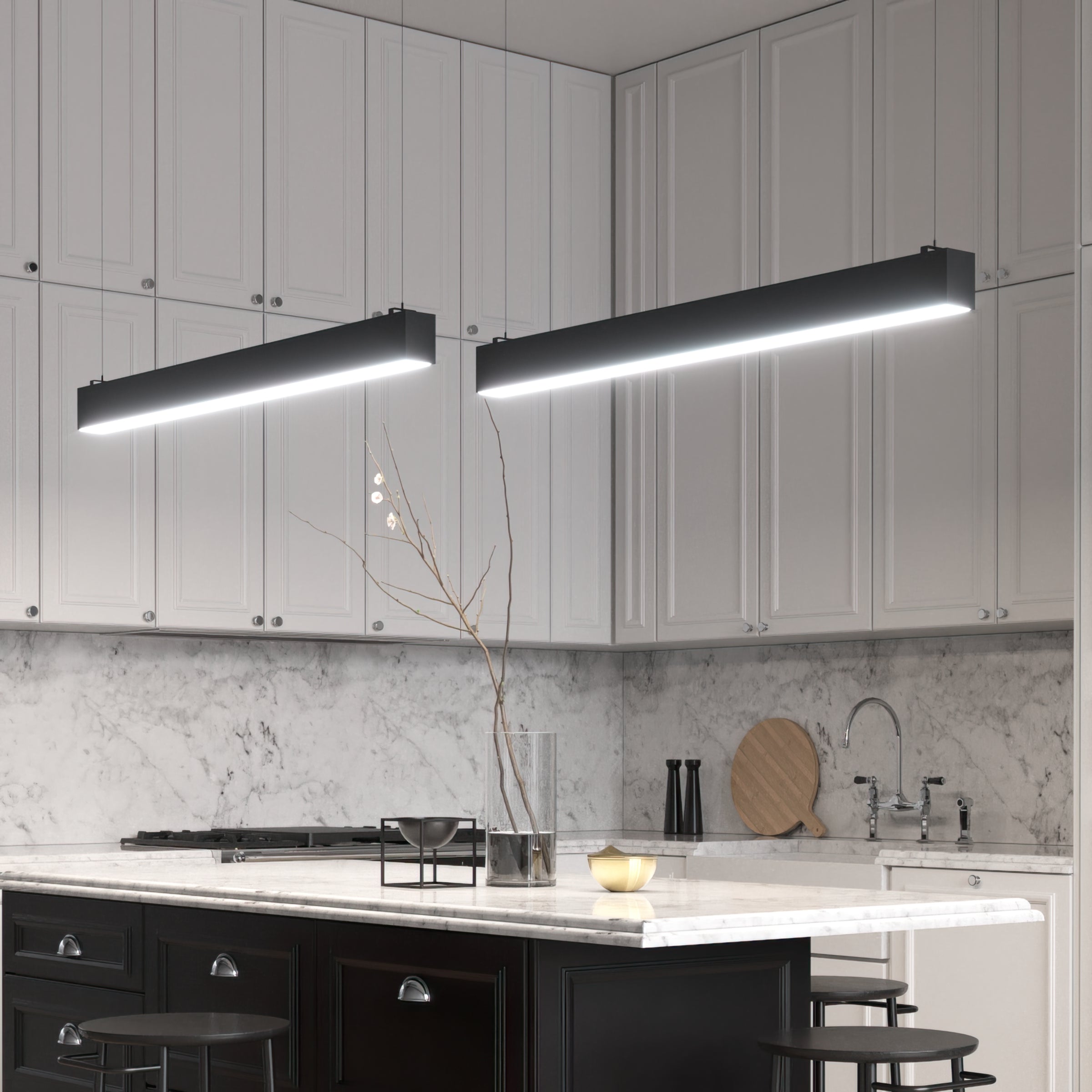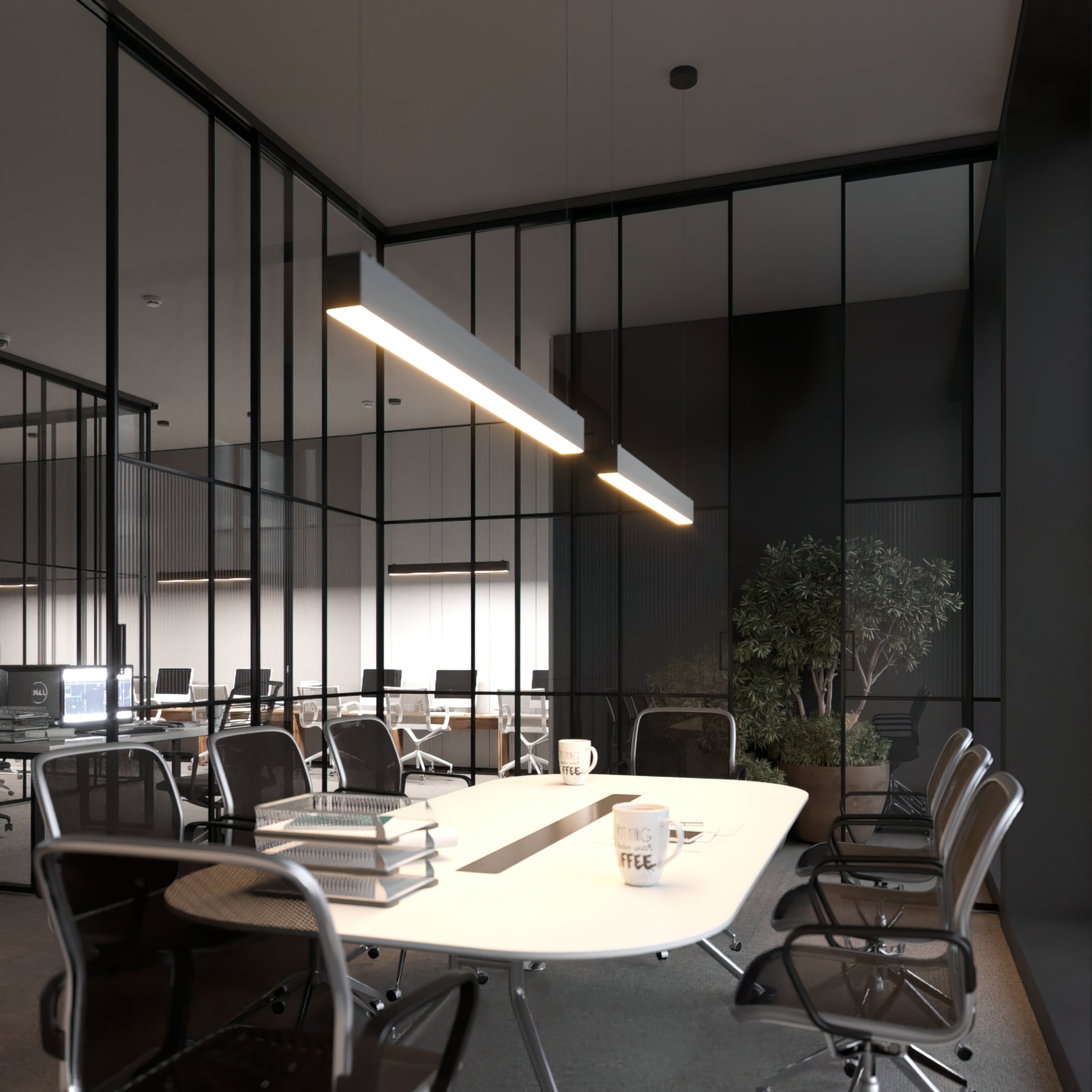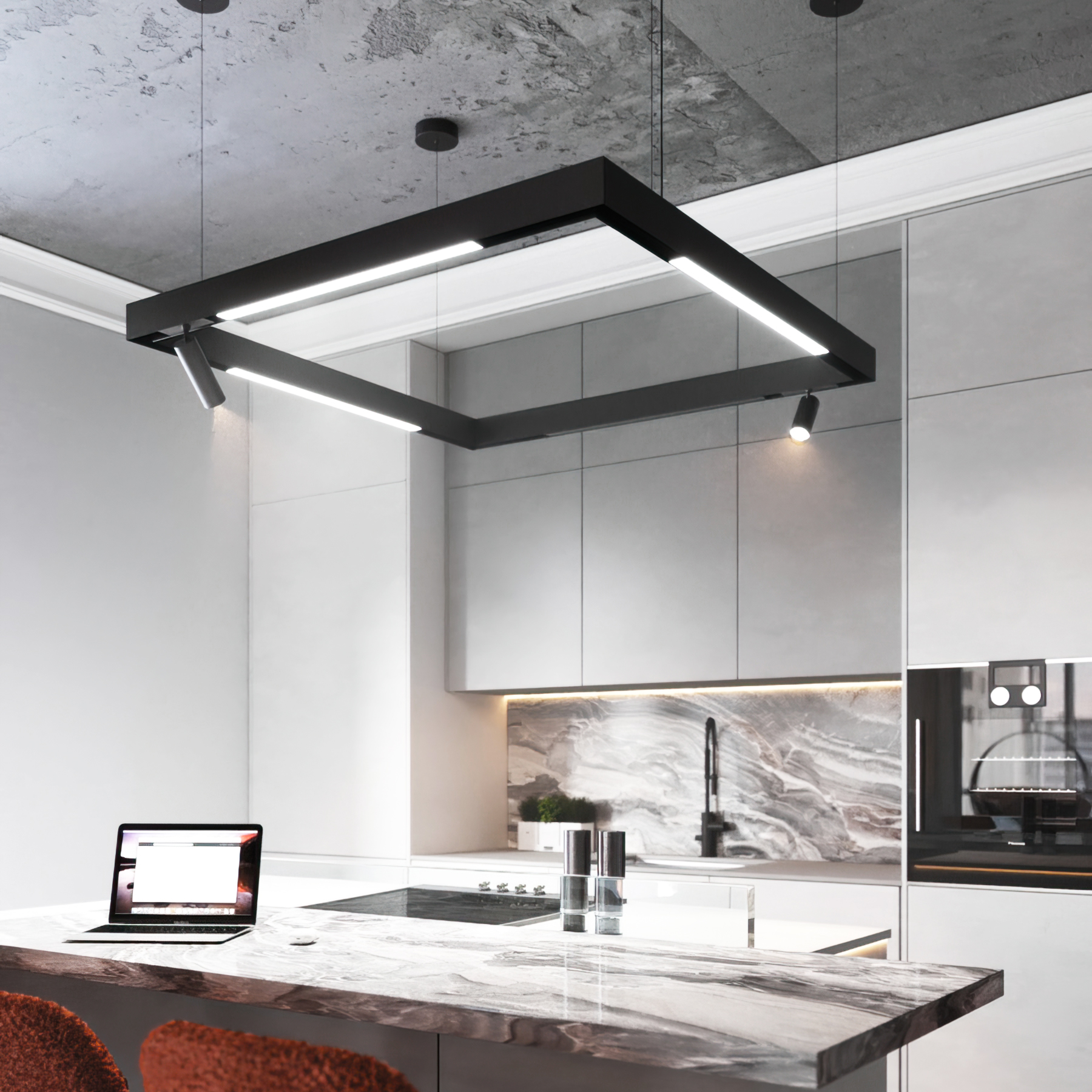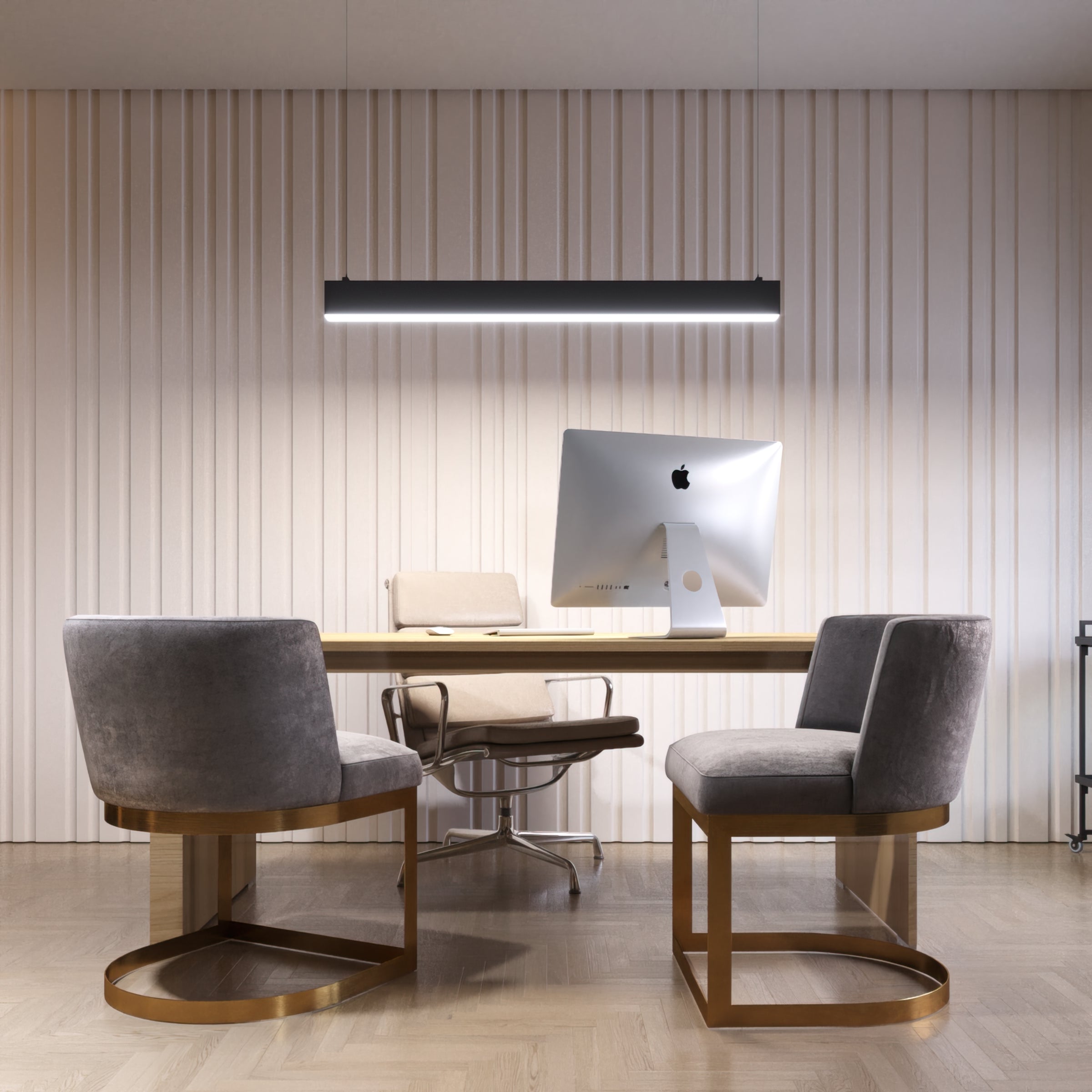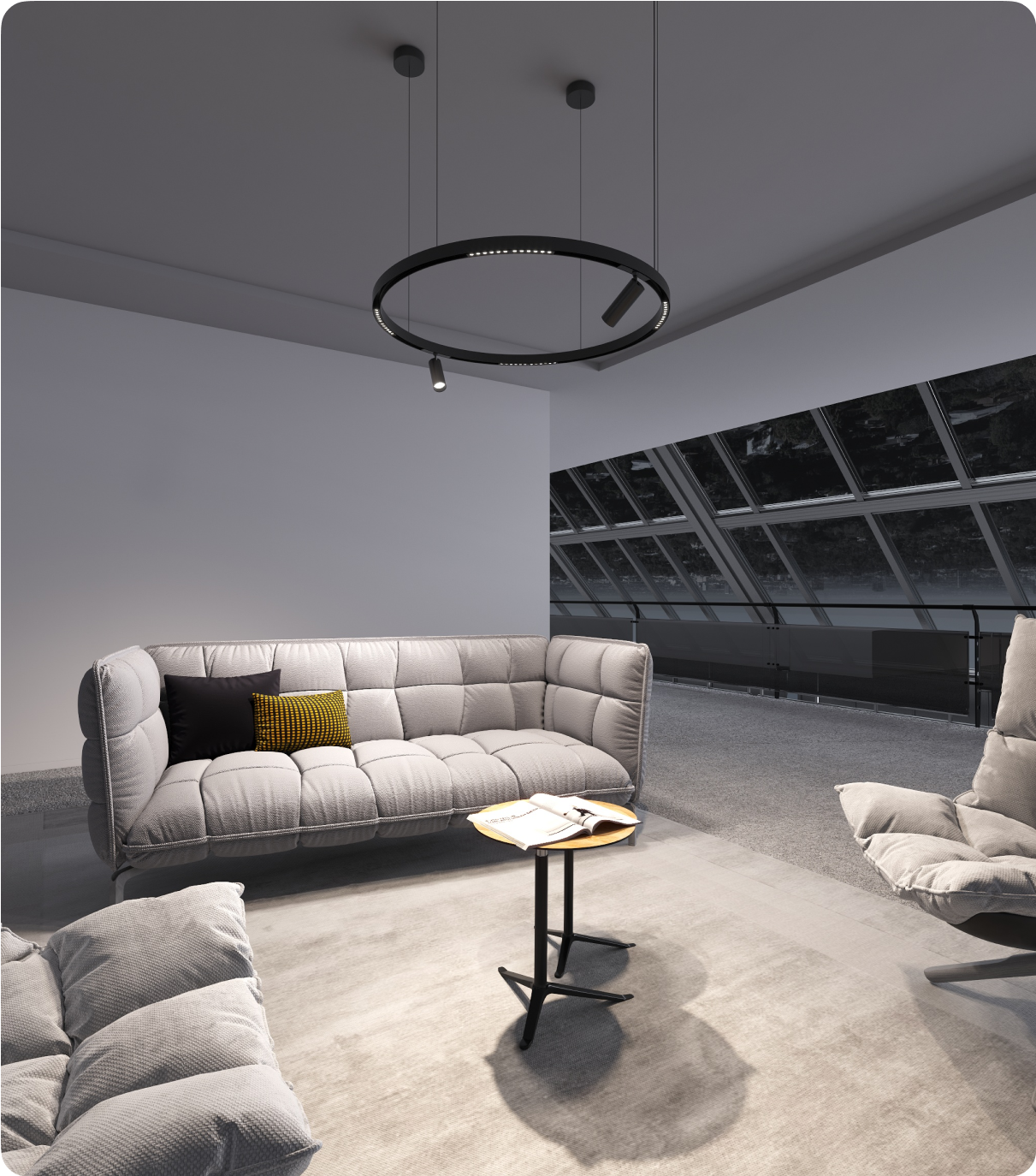Are you looking to enhance the ambiance of your home or business? Usually, it's hard to make a choice between upward lighting vs. downward lighting. These lighting techniques can transform any space by highlighting architectural features, creating a warm and welcoming atmosphere, and enhancing the overall aesthetic. In this blog post, we'll explore the benefits of uplighting and downlighting and how they can be used in interior design. Whether you're a homeowner or a business owner, this guide will help you achieve the perfect look and feel for your space.
What's the Difference?
Uplight
Upward facing ceiling lights are usually installed at ground level throughout a property to project light upwards.
Downlight
What is downlighting? In easy words, downlighting is a lighting technique that involves placing fixtures above ground level, typically in higher areas of a property, to cast light downwards.
Pros of Every Lighting Type
Uplight
Upward lighting fixtures installed on the ground level of a home or property can provide several benefits. It can help create strategic shadowing to add depth, establish exterior boundaries, improve the home's security system, increase its value, enhance architectural features, and add safety and visibility to the property.
Downlight
In contrast, placing downlight fixtures at higher points around your property can offer several benefits. It can emphasize the textures and layers of your property, enhance visibility throughout your property, and increase the value of your property.
Types of Fixtures
Upward Lightning
- Wall Scores are a type of floor lamp with uplight and downlight that is mounted on the wall and pointed upwards. This type of lighting has been used since Classical antiquity, when it was used to hold candles and torches. It is often used as night lights for bathrooms and hallways and can create a mood lighting effect.
- Deck lights are a type of floor uplighting that can create subtle yet amazing lighting effects. It's important to install them correctly, no matter the surface, and to consider how they will be used to ensure they are not walked or driven over.
Downward Lighting
- Barn lights, which are wall-mounted fixtures with a downward-pointed shade and a gooseneck arm, provide lighting for barns, farmhouses, and workshops.
- UFO High Bay Lights are round lights that are typically installed on ceilings over 18 feet high and are often used with reflectors to provide lighting.
- A decorative pendant-style light fixture is a type of lighting that is suspended from the ceiling by a chain.
- Recessed lighting is installed in ceilings to provide light, commonly in residential spaces such as living rooms, bedrooms, dining rooms, and basements, as well as in commercial buildings such as offices and meeting rooms.
What to Choose?
Uplighting and downlighting are two popular techniques for illuminating the exterior of your home. Uplighting is a great way to create contrast and highlight the unique details of your home's architecture. Directing lights upward can also enhance security by brightening areas that would otherwise be in shadow. On the other hand, downlighting is more suitable for illuminating outdoor features and creating a serene and beautiful atmosphere. Showing lights downward can make tall structures appear more inviting and accentuate the natural beauty of your yard. Both techniques have their advantages and can be used in combination to create a stunning outdoor lighting display that will enhance the beauty and safety of your home.
Perfect Landscape Design
Uplighting and down lighting can transform the appearance of a property in many visually appealing ways. This creates an attractive curb appeal at night with practical and beautiful lighting. Standout features in your property, such as statues, trees, unique architecture, flagpoles, and retaining walls, should be uplifted to draw immediate attention and define your landscape. Downlighting is best used around the house for subtle architecture, planting beds, ground-level shrubbery, and hardscaping. It can also provide a general ambiance as a backdrop for your uplit centerpiece. This lighting technique is more practical since it needs to be mounted higher than what it illuminates.
How to Use both Uplight and Downlight
Typically, homeowners opt to install a combination of uplighting and downlighting lamps to fully experience the benefits of both techniques and create an enhanced curbside appeal. This allows for the creation of multiple angles of light, strategic focal points, and a natural, complementary finish. If you're considering using both types of exterior lighting features for your home, consider some of the suggestions below.
- Combining uplighting and downlighting can result in several angles of light that create a more organic and subtle effect. In addition to this, the combination of both types of lighting can also help to balance out the illumination in a room, ensuring that there are no dark corners or overly bright areas. Furthermore, using a combination of uplighting and downlighting can help to highlight different aspects of the room, such as architectural features or decorative elements, which might not be as noticeable with just one type of lighting. By experimenting with different angles and intensities of uplighting and downlighting, it is possible to achieve a truly unique and personalized lighting design that enhances the overall look and feel of the space.
- By strategically placing lights in both upward and downward directions, it is possible to create focal points that draw the attention of onlookers and enhance the overall mood of the property. This technique is particularly effective in outdoor spaces, where it can be used to highlight trees, sculptures, and other features of the landscape. In addition to its aesthetic benefits, uplighting and downlighting can also improve safety by illuminating walkways, stairs, and other potential hazards. Overall, the use of uplighting and downlighting is a versatile and effective way to enhance the visual appeal and functionality of any space.
Choosing between uplighting vs. downlighting can be a tough decision. However, when combined, uplighting and downlighting can create a natural finish that complements each other. Uplighting provides a softer appeal, while downlighting creates a moonlight effect. By utilizing both uplighting and downlighting techniques, you can highlight architectural features, create a warm and welcoming atmosphere, and enhance the overall aesthetic of your space.
